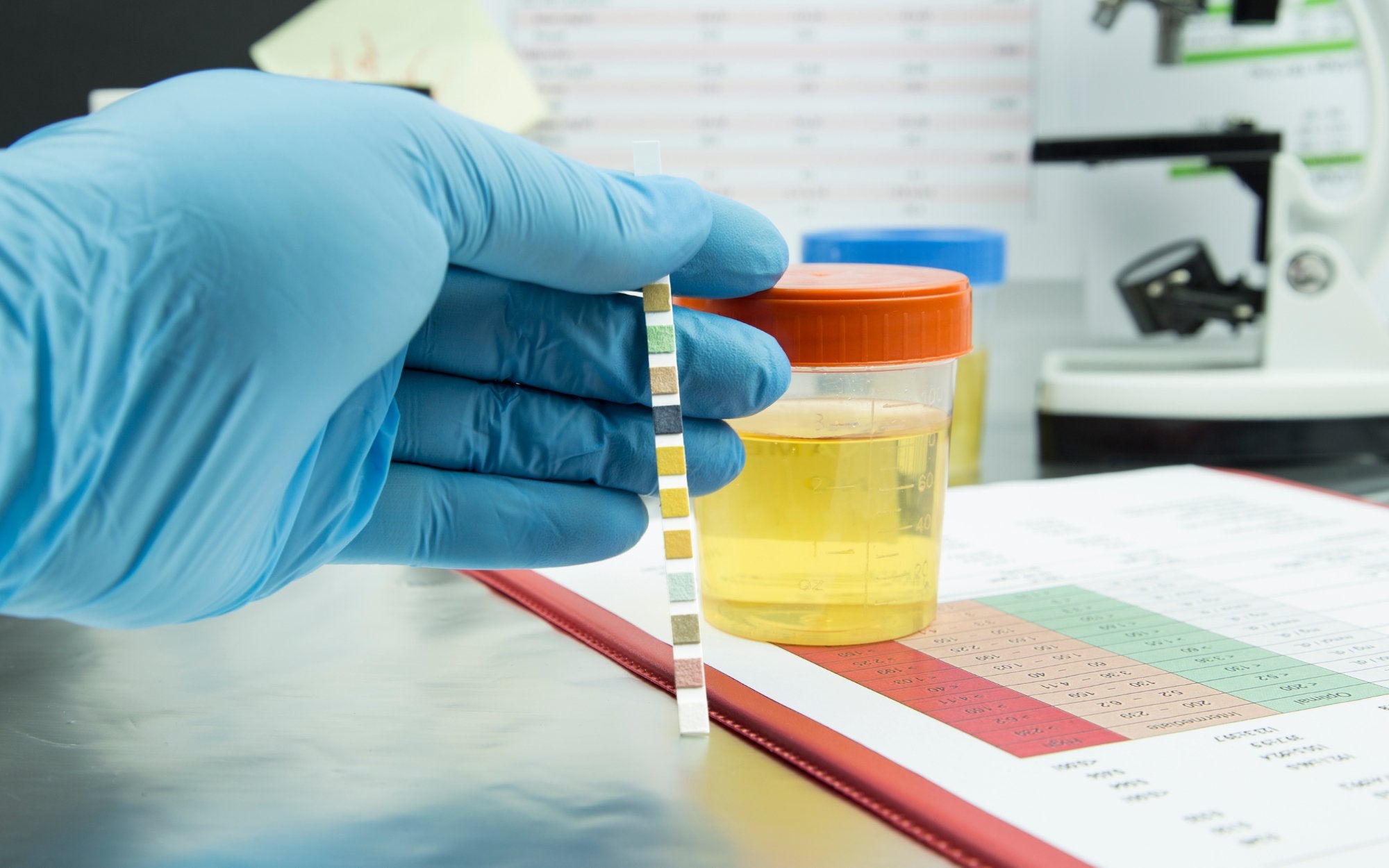Official Urologist Protocol for Treating UTIs

By Board Certfied Urologist, Dr. Yana Barbalat
There is no “official” protocol. As a urology community, we have guidelines that can help guide our management but very often doctors differ in their practice based on their experience and training. There is also a constant influx of new data that can guide us one way or another.
I often do not treat patients based on a urine dipstick. I find dipsticks unreliable with false positives for UTIs. This leads to overtreatment with antibiotics. For example, many patients use over the counter phenazopyridine (Azo) to help alleviate the symptoms of a UTI, but pneynazopiridine will typically make a dipstick positive for nitrites, even in the absence of bacteria. Also, a positive LE, generally means some degree of inflammation, but not necessarily infection. Inflammation can come from certain foods and other environmental factors, as well as a recent history of UTI. Finally, positive dipstick for blood is really non-specific and may be a results of eating red colored food or having myoglobin in the urine.
Most often, when a patient presents with symptoms of a UTI, I get a UA first. That generally takes only a few hours to result. Then, I look at the amount of WBC, bacteria, and squamous epithelial cells in the urine. If I know the patient well and have multiple previous cultures documenting multiple infections with the same bacteria that is sensitive to all antibiotic options, I will start a patient on an empiric antibiotic based on a suspicious UA and previous cultures. If that’s not the case, then I wait for cultures and sensitivities to come back before initiating antibiotic treatment. Generally, patients with an infection will have many bacteria and greater than 20 WBC on the UA. A good, non-contaminated sample will have a very low amount of squamous epithelial cells.
If the patient is very symptomatic with multiple WBC and bacteria on UA but a “mixed” or very low count urine culture, I get a catheterized urine sample.
Finally, some patients will have a lot of RBCs in their urine sample, mild symptoms of a UTI, but not much WBC (< 20) in the UA. Many physicians assume it’s a UTI and treat patients with antibiotics. Very often, that is not the case, and final urine cultures come back negative. I encourage primary care physicians to wait for the final culture results in these patients. If the cultures come back negative, the patient should see a urologist to be evaluated for other causes of blood in the urine, such as a urinary stones or urinary malignancy.
Knowledge is power
Sign up to our newsletter to keep learning!

- Choosing a selection results in a full page refresh.
- Opens in a new window.





